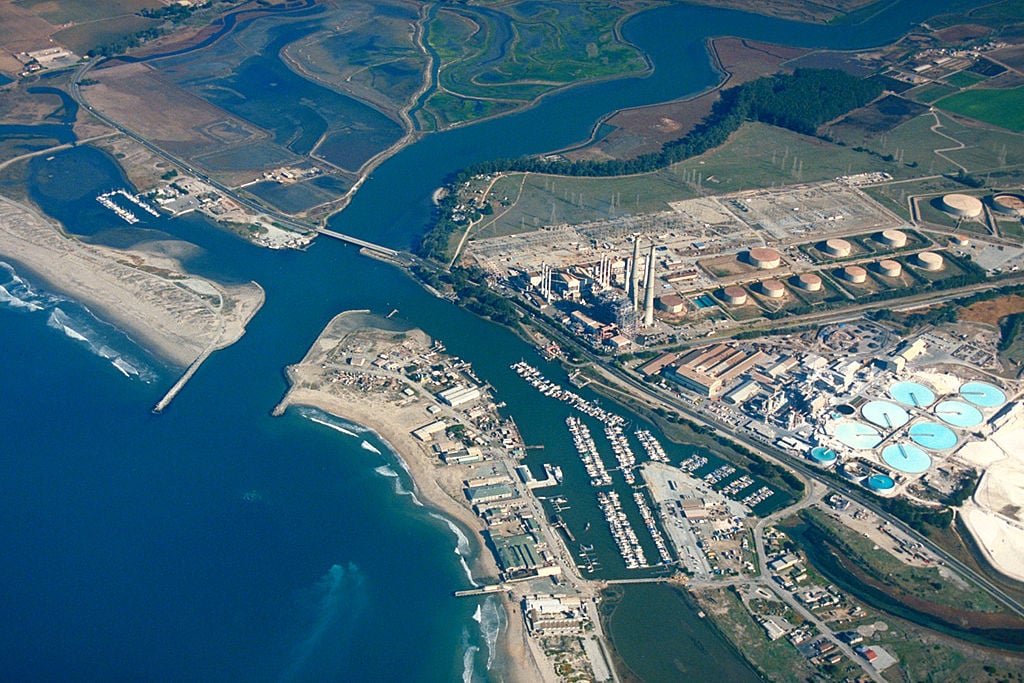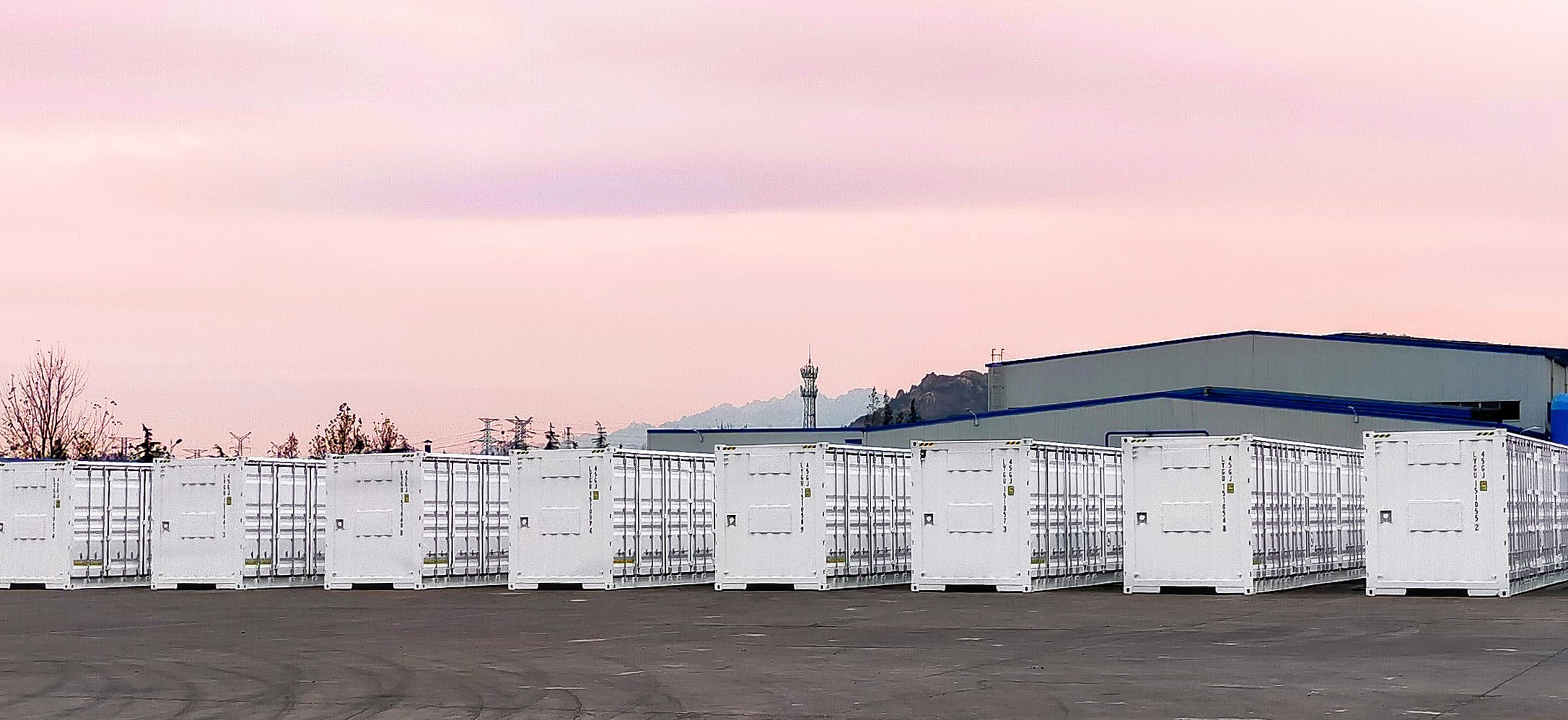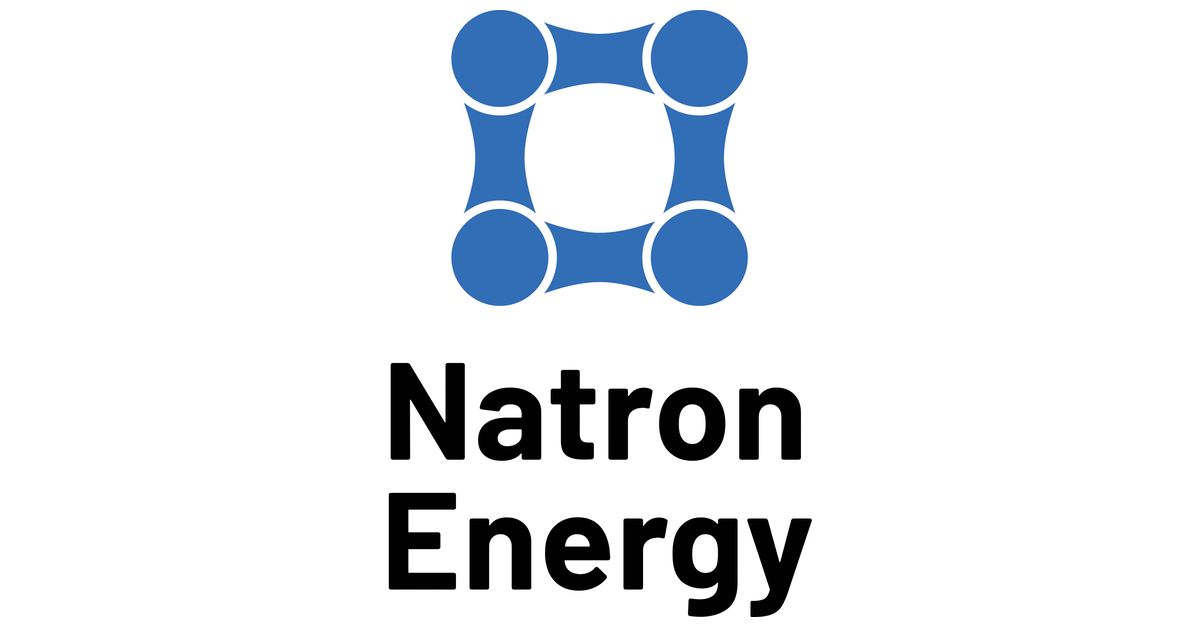Elon has said that Tesla Energy will scale to match the size the the auto business.
There has been on and off discussion of this in other threads, but I wanted to have a single thread to focus on this topic. It is a deep topic and many interesting developments are underway.
To get things started:
Tesla has just completed their 182MW/730MWh Moss Landing project in California:

 www.energy-storage.news
www.energy-storage.news
Including the latest Tesla battery, Califonia now has 2.7GW and expected to reach 4GW in June. These are
mostly 4 hour batteries. Peak load is about 50GW, so storage can cover about 8% of peak load. This is
20x growth in installed capacity about 2 years.

 reneweconomy.com.au
reneweconomy.com.au
There has been on and off discussion of this in other threads, but I wanted to have a single thread to focus on this topic. It is a deep topic and many interesting developments are underway.
To get things started:
Tesla has just completed their 182MW/730MWh Moss Landing project in California:

PG&E commissions 182.5MW/730MWh Tesla BESS at Moss Landing
PG&E has commissioned the 182.5MW/730MWh battery energy storage system supplied by Tesla at its Moss Landing substation.
Including the latest Tesla battery, Califonia now has 2.7GW and expected to reach 4GW in June. These are
mostly 4 hour batteries. Peak load is about 50GW, so storage can cover about 8% of peak load. This is
20x growth in installed capacity about 2 years.

“Re-imagining the grid:” California reaches record 97.6% renewable share
California system operator says new record of 97% renewables gives glimpse of zero carbon grid of the future.






